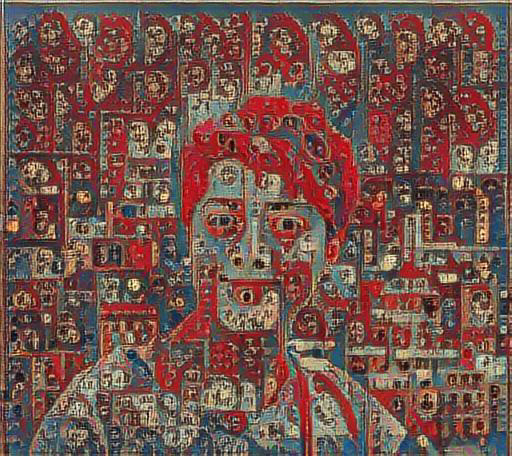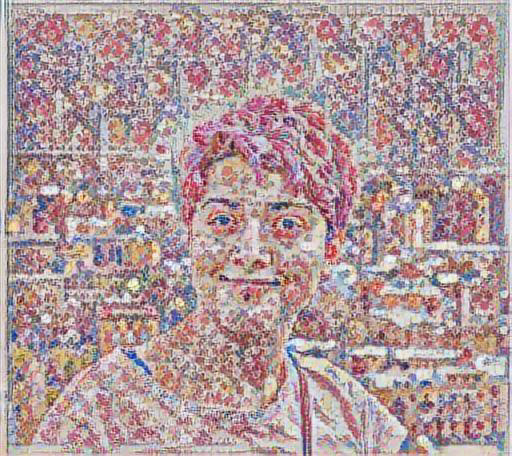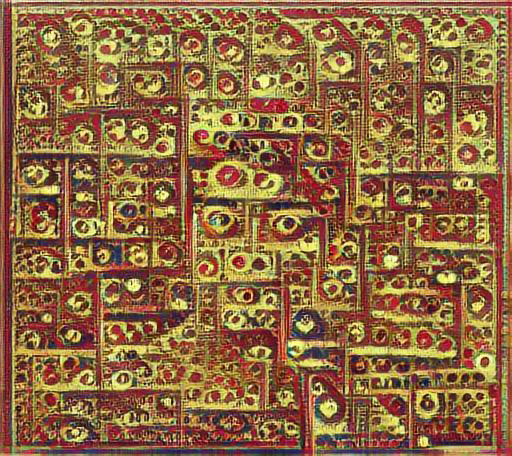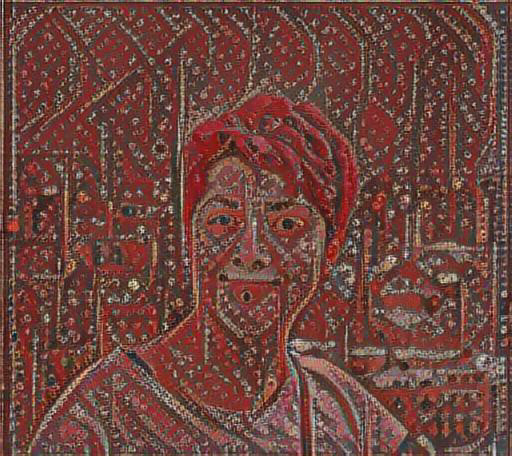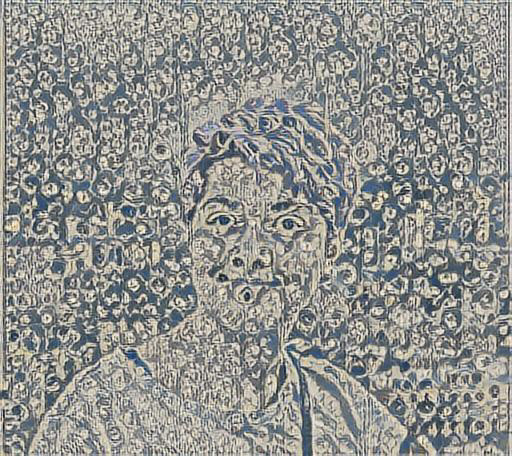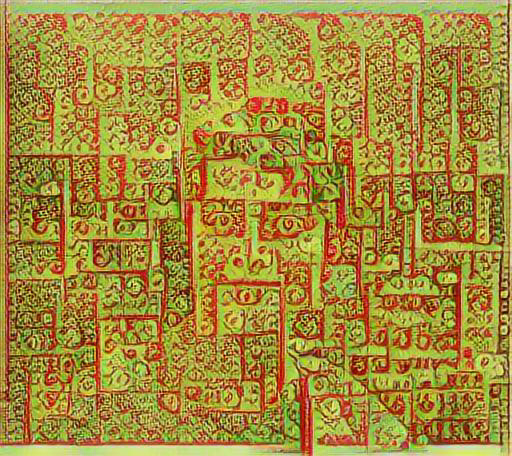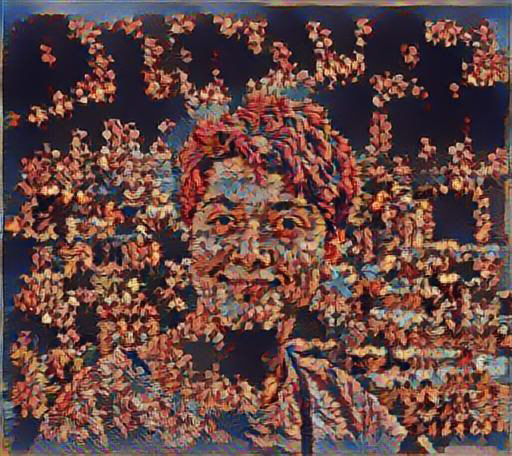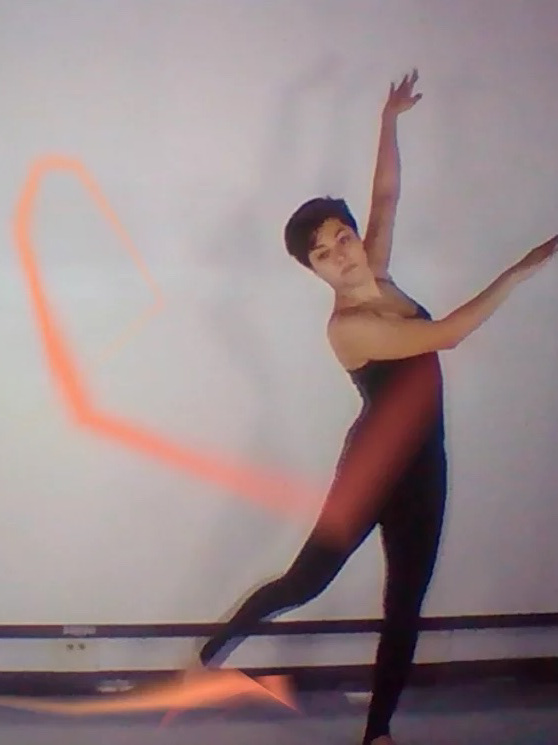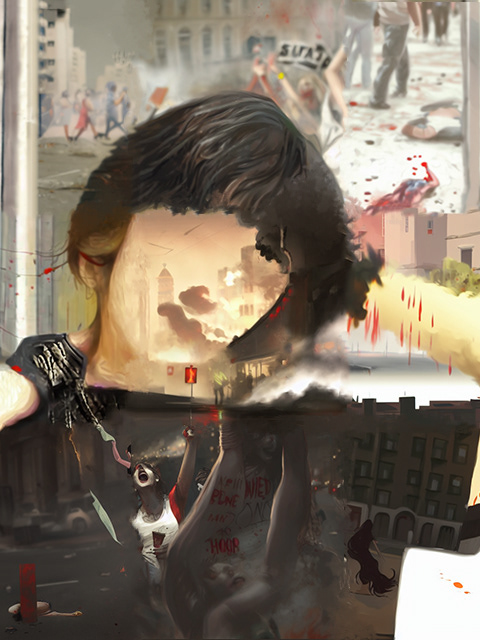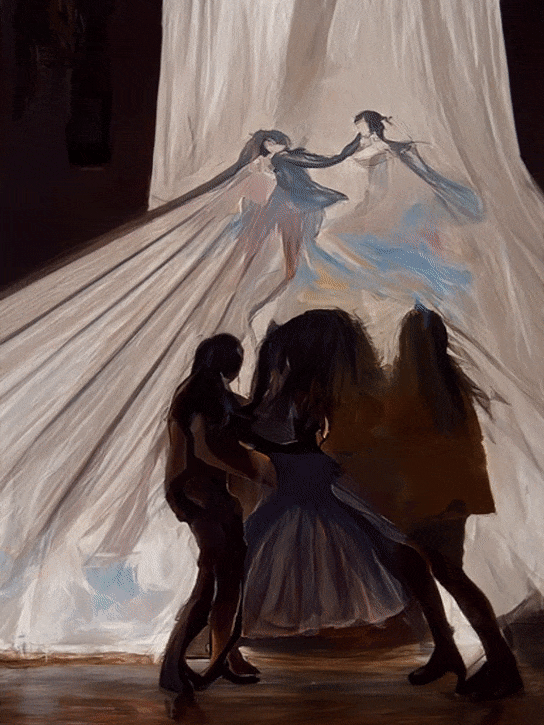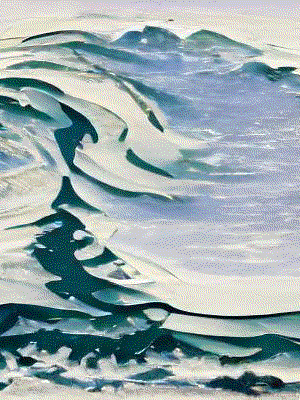Motivation
You can find a carpet in the background of Middle Eastern culture, in every home, fairytale, and in different art forms such as painting. Today there are many AI-generated imageries from different topics, I wanted to explore the creativity of modern GANs in designing an elementary icon of Persian history and culture, hence creating carpet patterns with Deep Learning and dreaming in between patterns.
Methods
A key aspect of training GANs for generating images is the dataset. For this project, a dataset of 10k+ images was created by crawling carpet-selling websites, and all of the data were labeled based on the category of the pattern (Lachak Toranj, Torkaman, Kaashi, Goldani, Maahi, None) and repetition of the pattern (Quarters, Halfs, Wholes, None).
For generating the images, Progressive GANs were used as their purpose is to generate high-resolution images by starting with a small image and continuing training on top of that.
For generating the images, Progressive GANs were used as their purpose is to generate high-resolution images by starting with a small image and continuing training on top of that.
Results
Here are some of the results of the final carpet patterns. Note that these are the first carpets to be fully generated by machines.

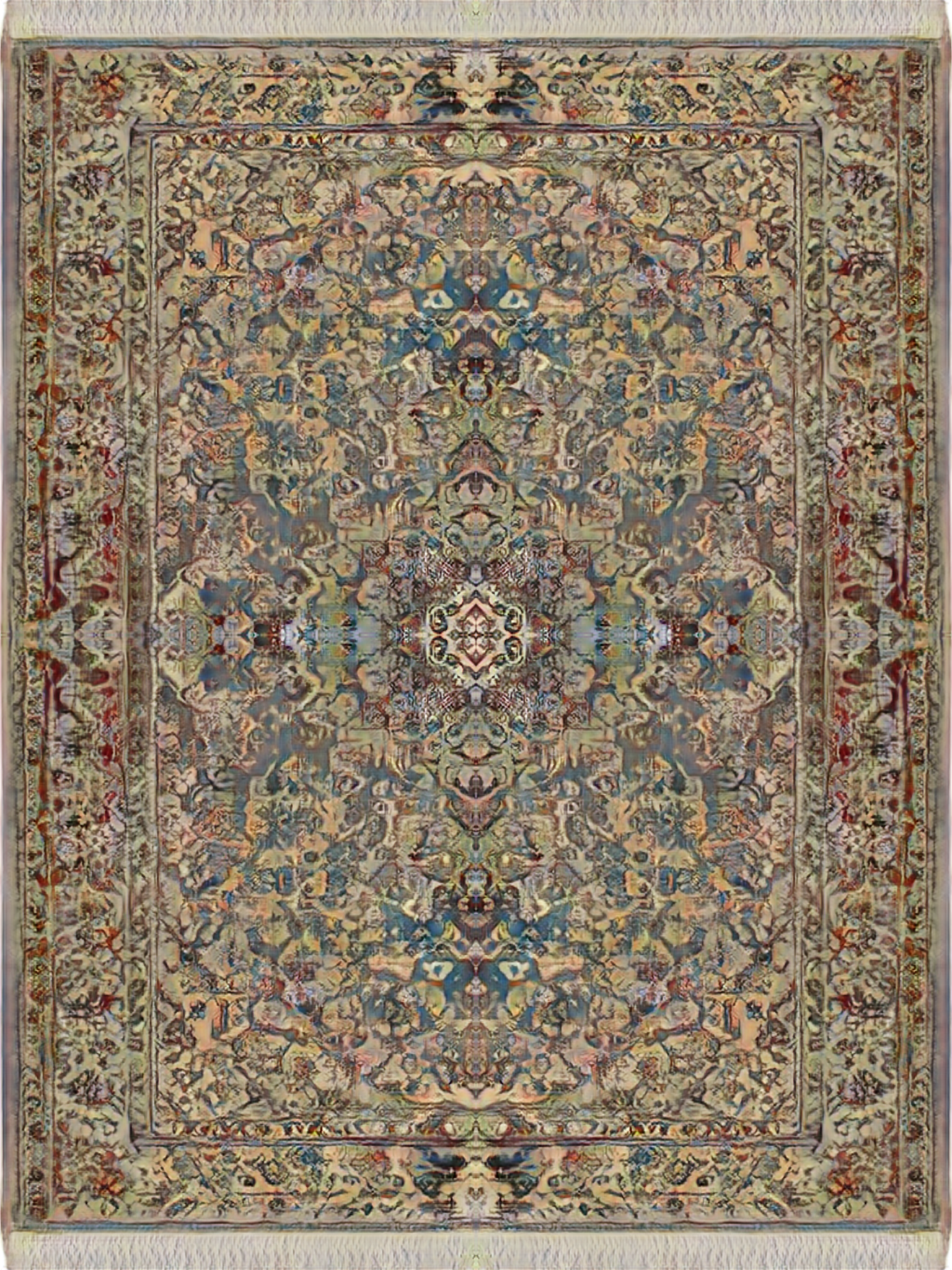
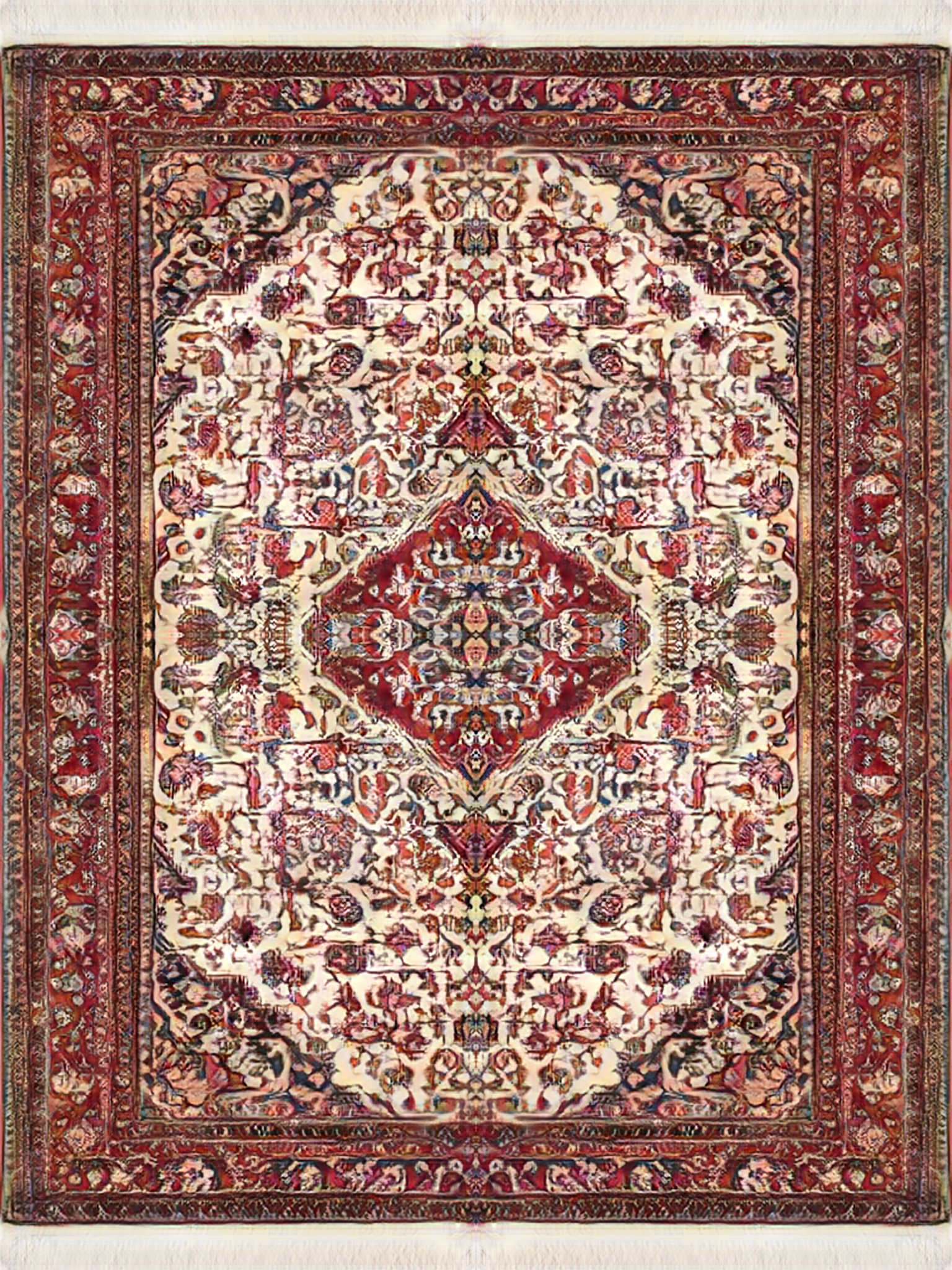
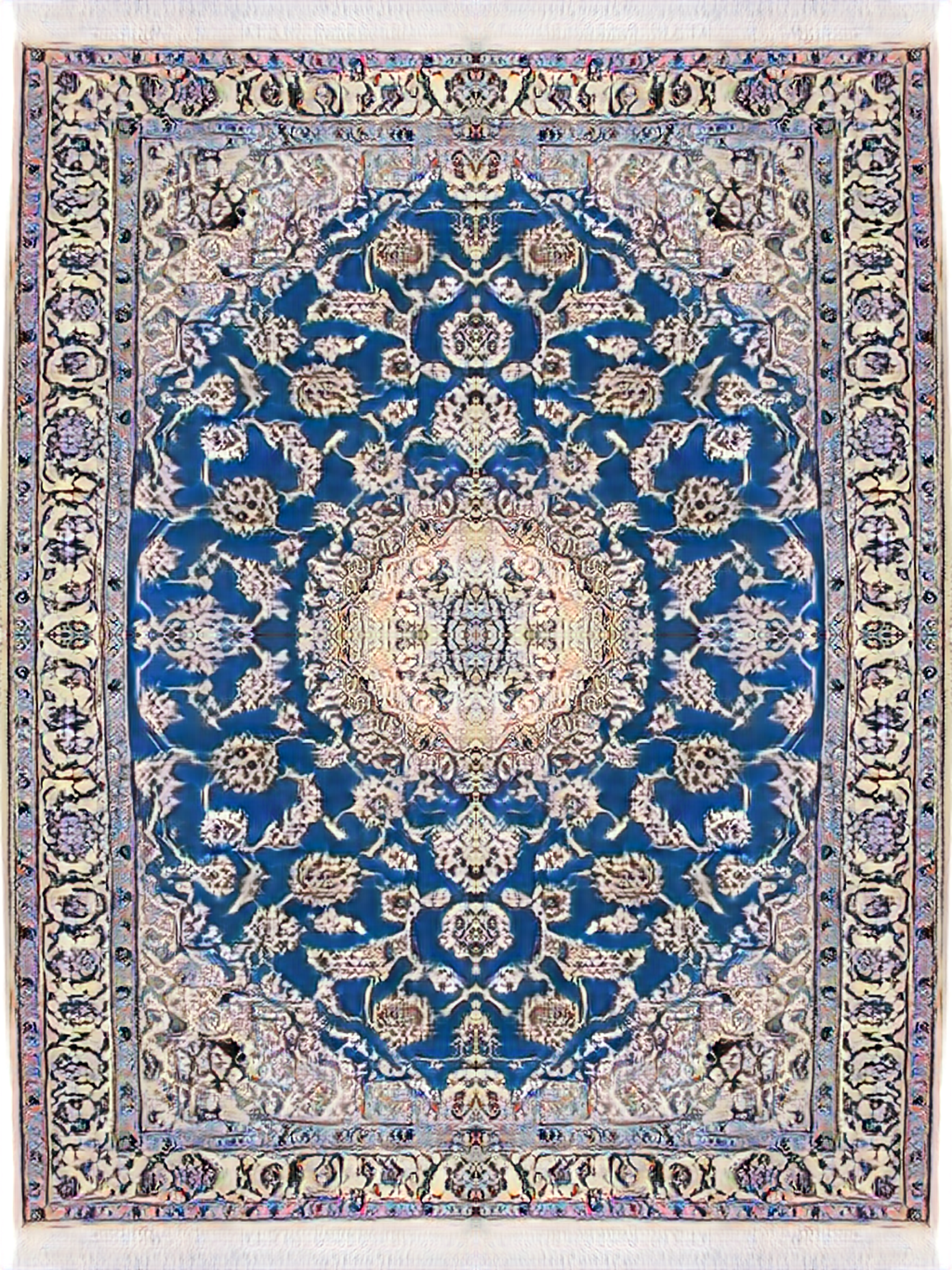
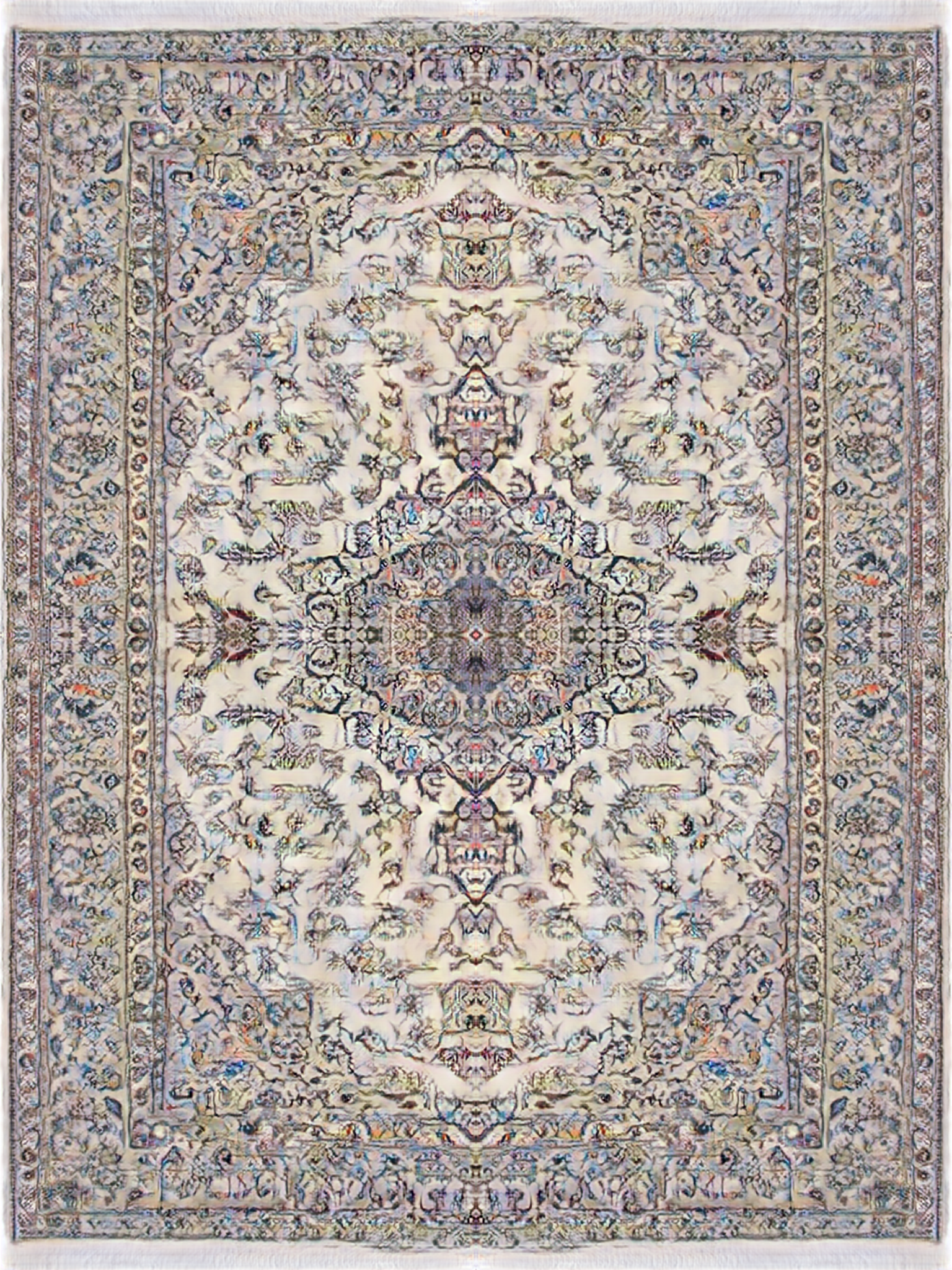
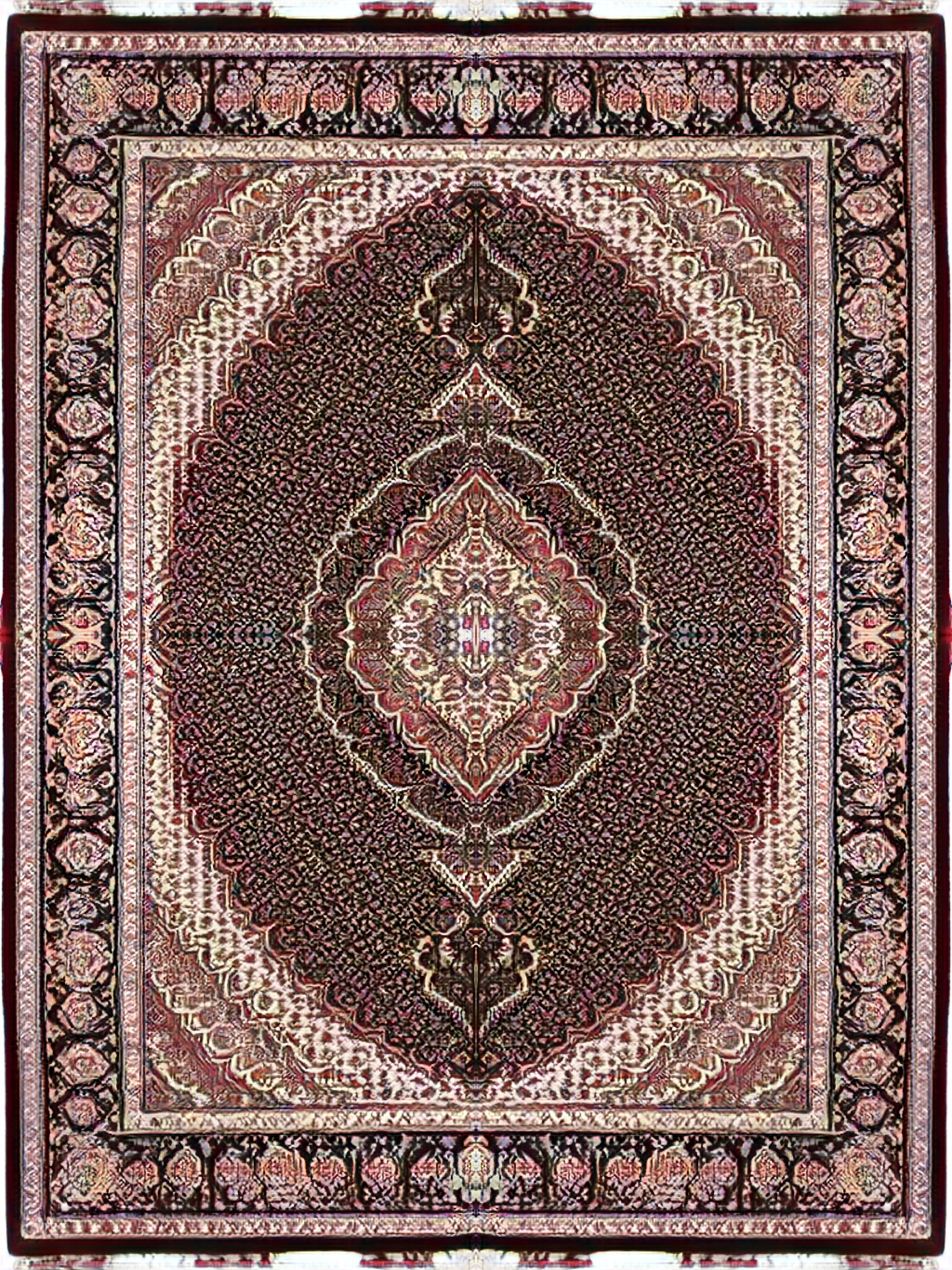
Hallucinating Carpets
Later in the project Interpolation between patterns was used as another approach to creating hallucinations as if staring at a carpet and daydreaming.
Style Transfer
Style transfer was used to combine carpet patterns and create new ones with a certain style, or with a background image.
The left image is the source image, the middle shows the style, and the right image is the source image with the style applied to it.
The left image is the source image, the middle shows the style, and the right image is the source image with the style applied to it.

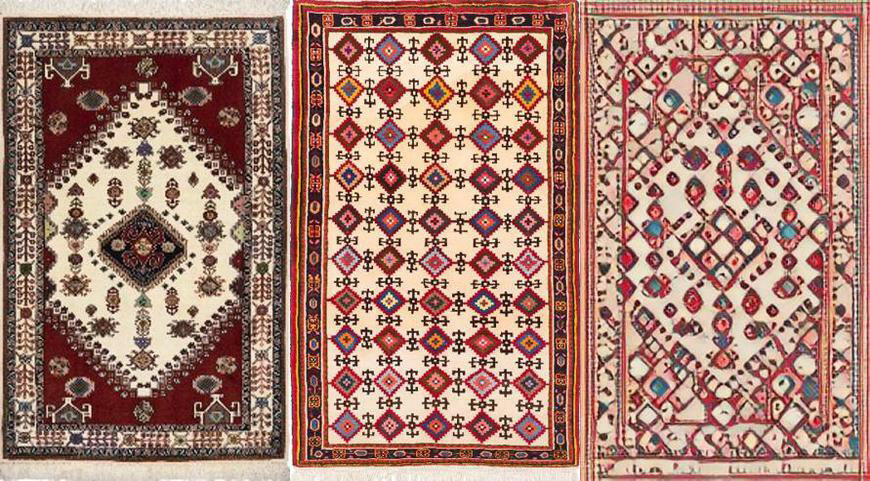

Style Transfer can be applied to any initial image and create a carpet-effect.
